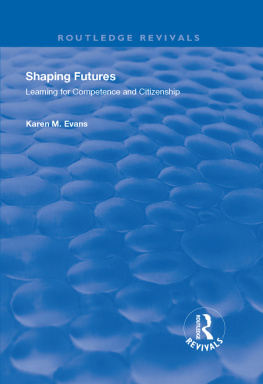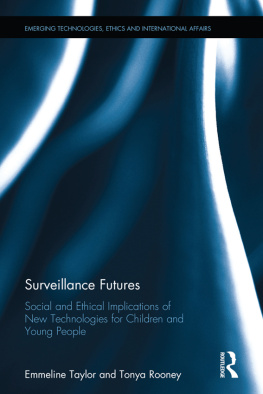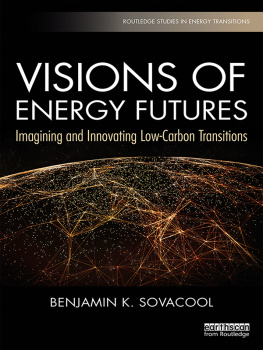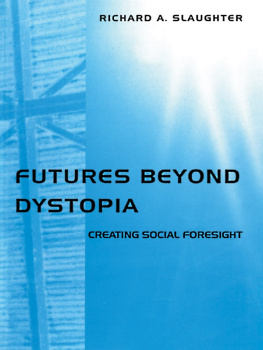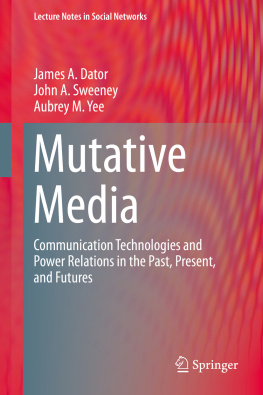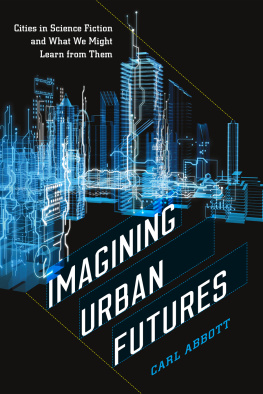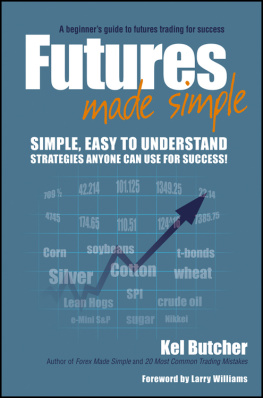Acknowledgments
Over many years as a researcher at the Youth Research Centre I have recorded and discussed the identity investments that young people make in their educational experiences and their transitions from school to post-school study, training and employment. This book is part of that broader focus. I would like to thank the many people I have worked with on different projects at the centre who have contributed to the understandings drawn together in this book. My PhD, which provides the basis for this book, was supported by a Staff Equity Fellowship Grant from the University of Melbourne.
Many young people willingly shared their stories over a number of years, and I am indebted to them as their stories form the book. In particular I would like to thank Kathleen Stacey, who conducted the interviews for the Young Visions project with the young people in school in South Australia, and who provided such rich textual responses from the young people as they told her their stories; Malcolm Turnbull, who conducted the interviews with the Life Patterns participants (young people attending TAFE) as well as contributing conceptually to chapter 6 with his review of the literature; Johanna Wyn, who read, commented and provided structural editing for a number of chapters at different stages of drafting; and Lyndall Grimshaw, who read and provided comments on the final draft. Throughout the process I appreciated the ongoing support of my friends, particularly Penny, Kerri, Debra, Jenny and my god-daughter Clemmie , who encouraged me in my writing process with many coffees and discussions about life.
Thank you to my family: Andy, James, Patrick, Katie and Nicky; my father Eric and my mother Lola: although she has passed away, her memory still provides me with support.
Developing identity narratives
This book tells the stories of young people: some who are in the final years of secondary school and some in their final years of Technical & Further Education (TAFE). It is a book about possibility, futures imagined at a stage of life when the structure and relative certainty of school and further education is about to be left behind. It provides an insight into the options they see for themselves and into the strategies they use to make their imagined futures possible. In this sense, the book is about how young people see themselves, now and in the future, so it is about identity. It draws on their stories, or narratives, about who they are, who they aim to become and how. It goes beyond the question that older people usually ask younger people, what do you want to be? to analyse the stories they have about themselves.
These stories are called identity narratives, and they are important tools for young people. They give shape to the uncertainty that lies ahead, and they provide an important narrative thread that links past, present and future. Young people understand that work is one of the spaces in which identities are forged, and so the kinds of work (or career) that they envisage for themselves are central to these stories. Their narratives also provide insights into the resources that they seek for achieving their goals. Christie, whom we meet in chapters 2 and 3, provides an example.
Christie is in Year 11 at a high school in a town reliant on fishing. She perceives herself as being in conflict with the teachers and the school because she doesnt want to follow a career that involves tertiary study. She has made her own decision about her future with moving away from town and having fun being prime motivators. But she is not leaving this to chance. While at school she has gained a traineeship in hospitality that allows her to learn about what she would like to do in the future when she travels around Australia working in hotels. At times this places her in conflict with the teachers at school when she doesnt meet deadlines for assessment but, for Christie, this is what will provide her ticket out of town and her future life for which she is preparing now.
This book provides an in-depth analysis of the stories of the young people in relation to the contexts of work, school, TAFE, the community and the family. These are important sites for the crafting of identity narratives, and are the spaces in which young people find the resources on which they draw. These narratives were obtained through interviews within a participatory research framework. This approach allowed the young people to actively engage with the content of the research and make their own connections in regard to their career and identity narratives. Gathering their perceptions positioned them as the experts with a story to tell and an identity to rehearse, as they gathered their available resources to engage in the production of selfhood.
The book is an account of a period of life that for young people is often described as a transitional stage or phase (for example from school to post-school study to work). But this description does little justice to the complexity of the processes that are occurring and tends to ignore the significance of the identity work that young people are undertaking. Their stories enable an exploration of that complexity. Their stories also provide a perspective on schools and other institutions with which they engage on a daily basis; they reveal a lack of understanding by these institutions about young peoples lives. This is especially so for the work that young people must do to manage their lives across the domains of education, work, family, relationships and leisure.
Young people today live in a society characterised by the impact of globalisation, technological change and restructured work and social relations. Living with and managing change and uncertainty are challenges for young people in late modernity, as they have to learn how to live with the realities of a changing labour market and unpredictable transitions. In late modernity, the transition experience is characterised by the development of a biography that is seen to be constructed individually, based on the need to make choices and be self-managed. This is in contrast to transitions in modernity that were perceived to be relatively predictable and linear moves between set markers of youth and adulthood, for example in education, paid work and household formation.
Participation in secondary education has become the norm for young people. This participation at a national policy level has recently been reinforced by the National Partnership Agreement on Youth Attainment and Transitions, which aims to increase young peoples engagement with education and training with targets of 90 per cent of 2024-year-olds attaining Year 12 or its equivalent by 2015. Despite this change, the vast majority of young people still attend educational institutions that are based, in many respects, on an industrial model of schooling developed for a bygone era. Mass secondary education and the transitions that young people make are also still largely based on the assumptions of that era, with a successful transition still placing young people in a trajectory from school to post-school study and then full-time work.
For example, the term smooth transition is often used to describe the standard version of this linear trajectory (that is, the unproblematic and timely transition from school to work). Assumptions like this underestimate the complex uses that young people are making of the education system and the non-standard pathways they follow as they develop a sense of self within educational and non-educational settings. There is an emerging consensus within youth studies that the term transition has become an inadequate concept for understanding the diversity of experiences that young people undertake as they negotiate their lives within an unpredictable labour market and a changing social world. This book contributes to the project of developing a broader reading of the concept of transition, by placing identity work centre stage.


